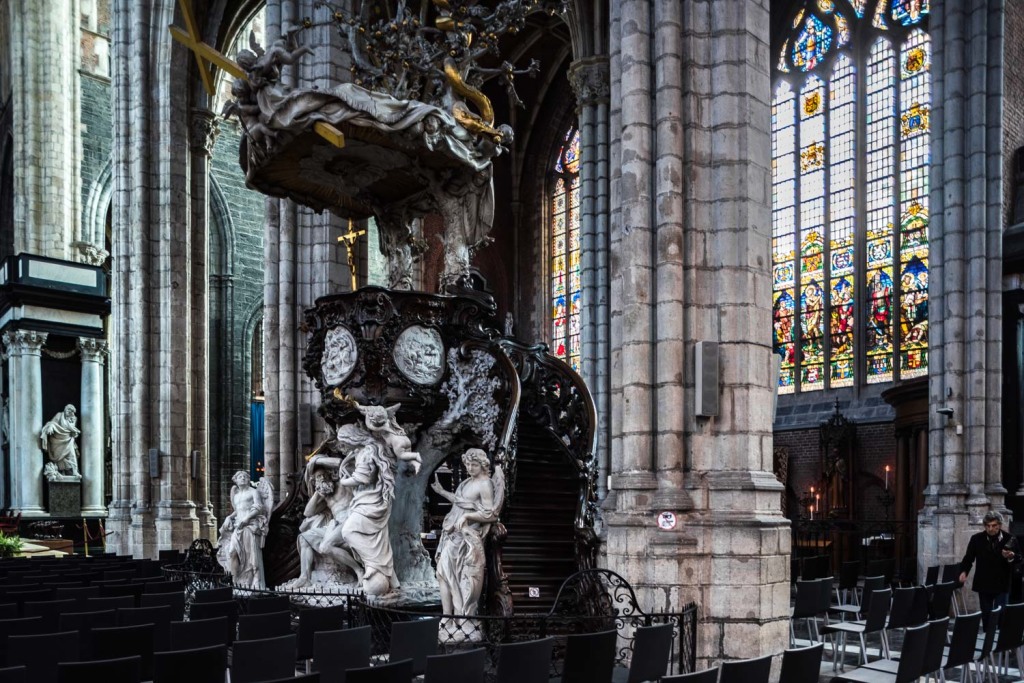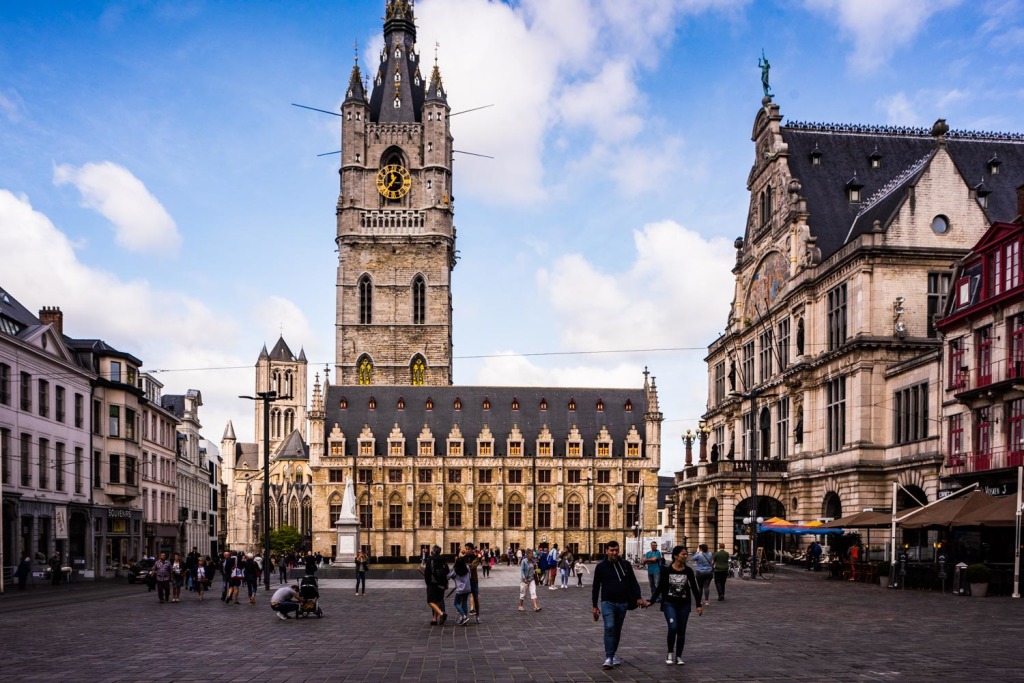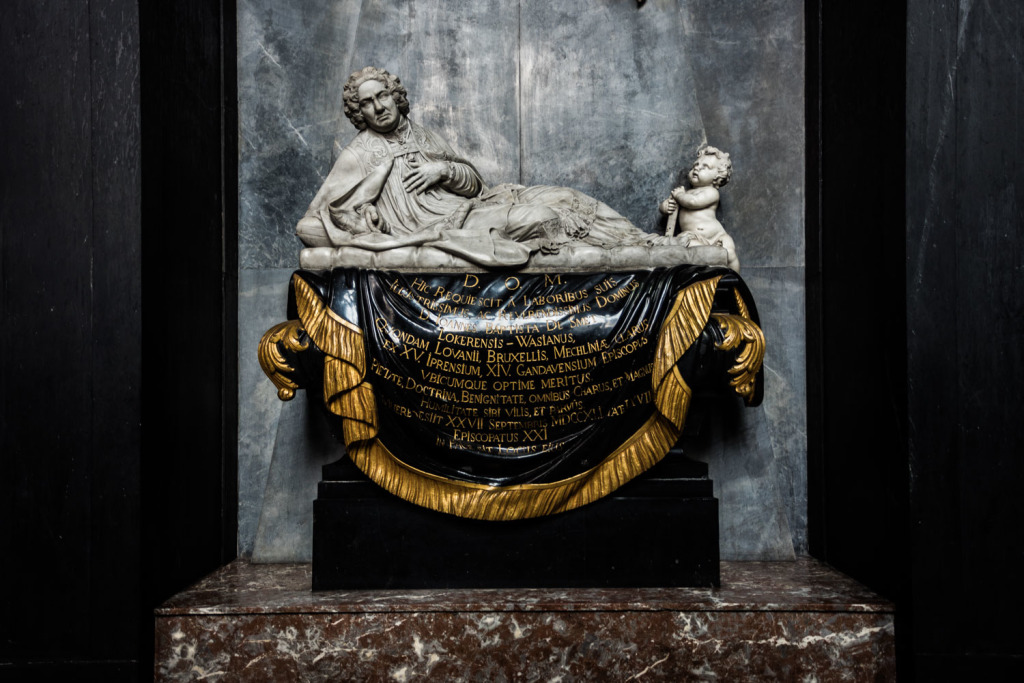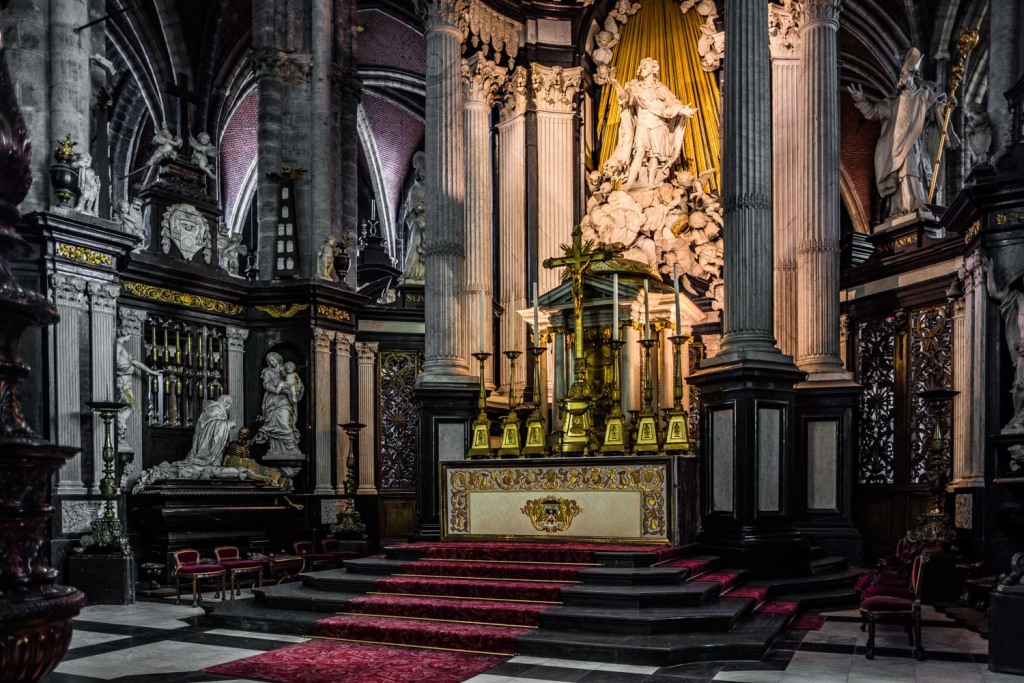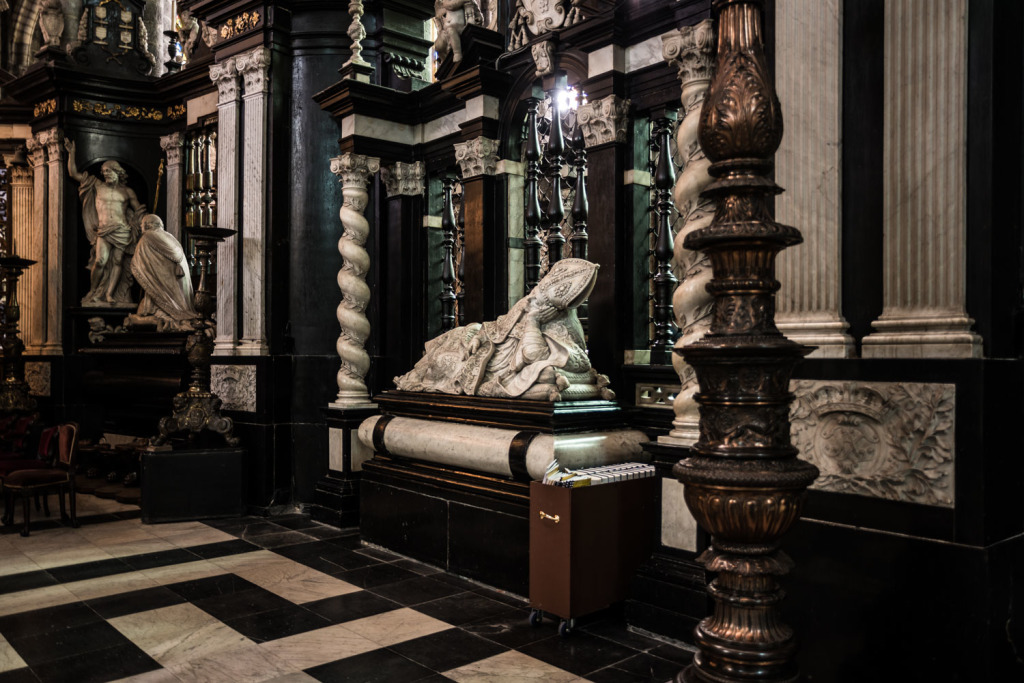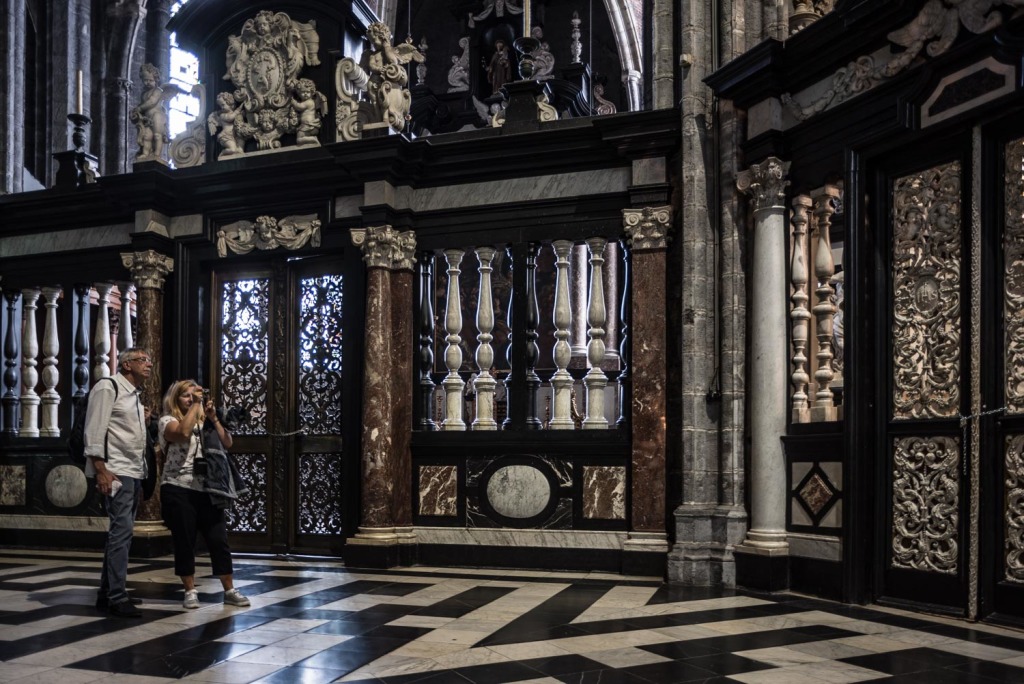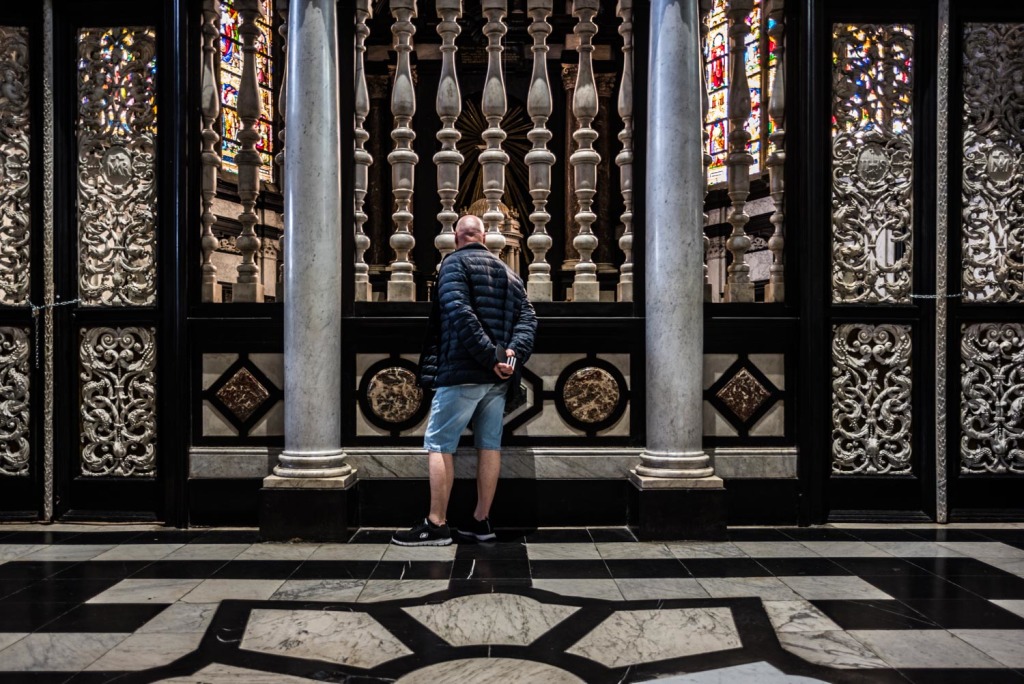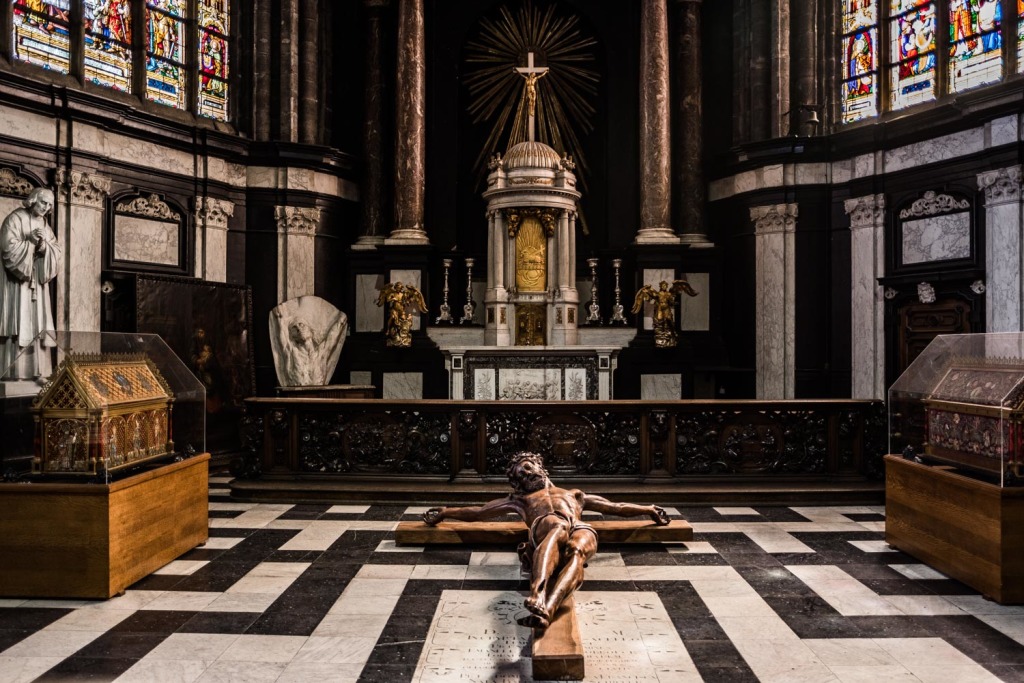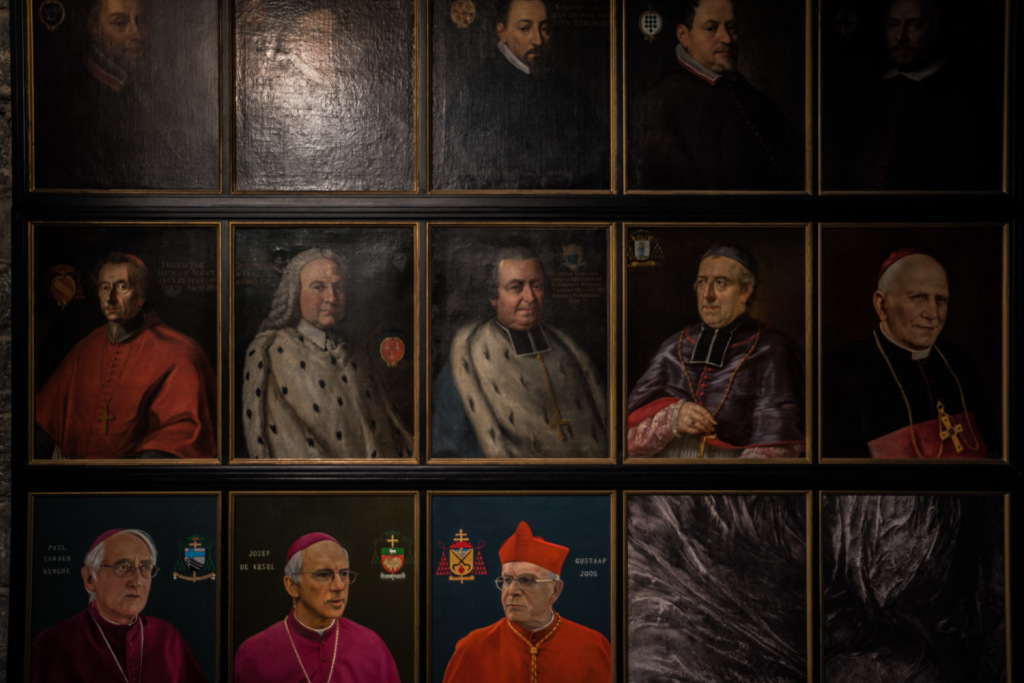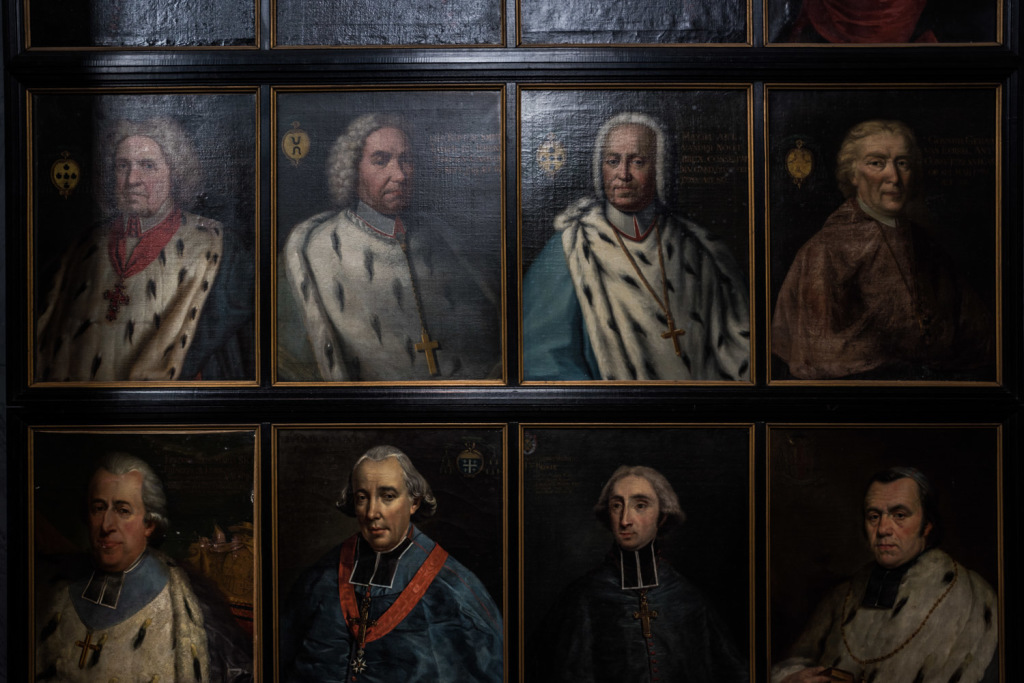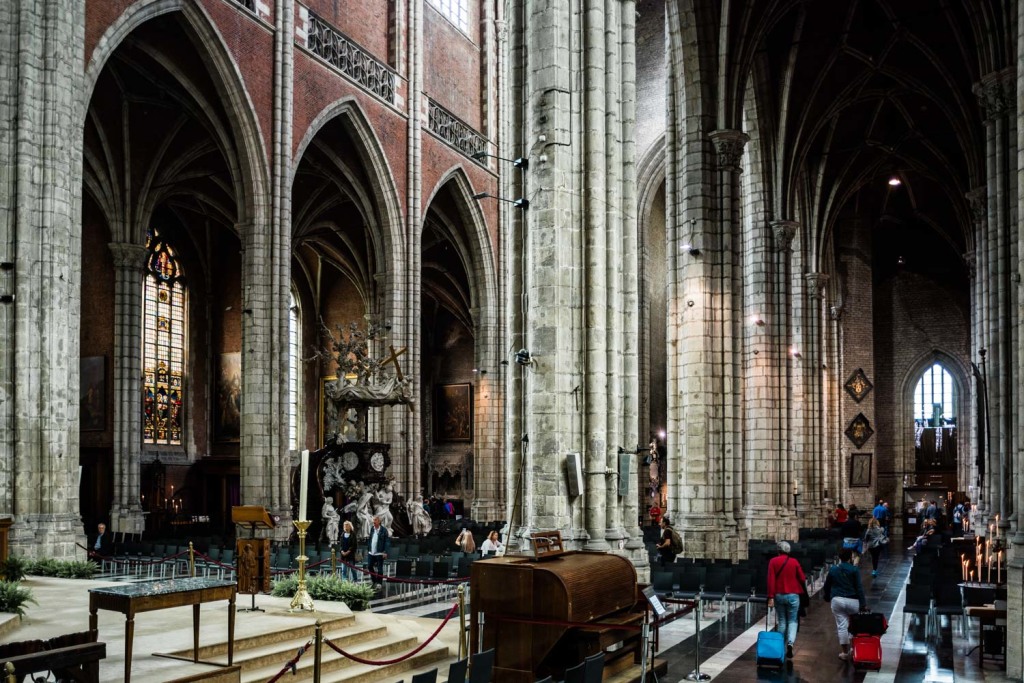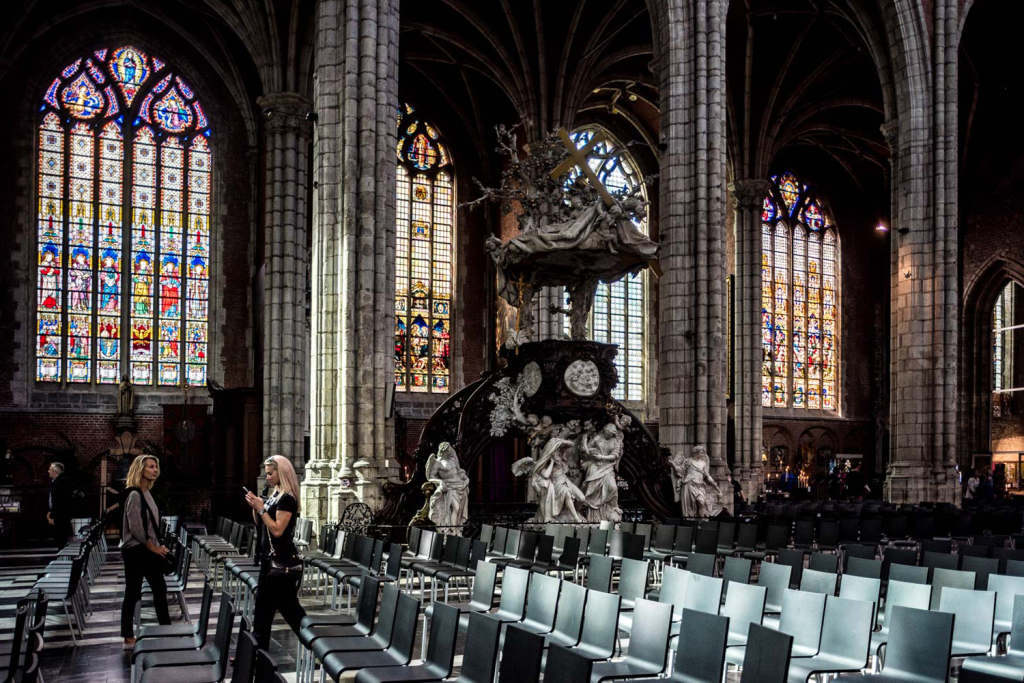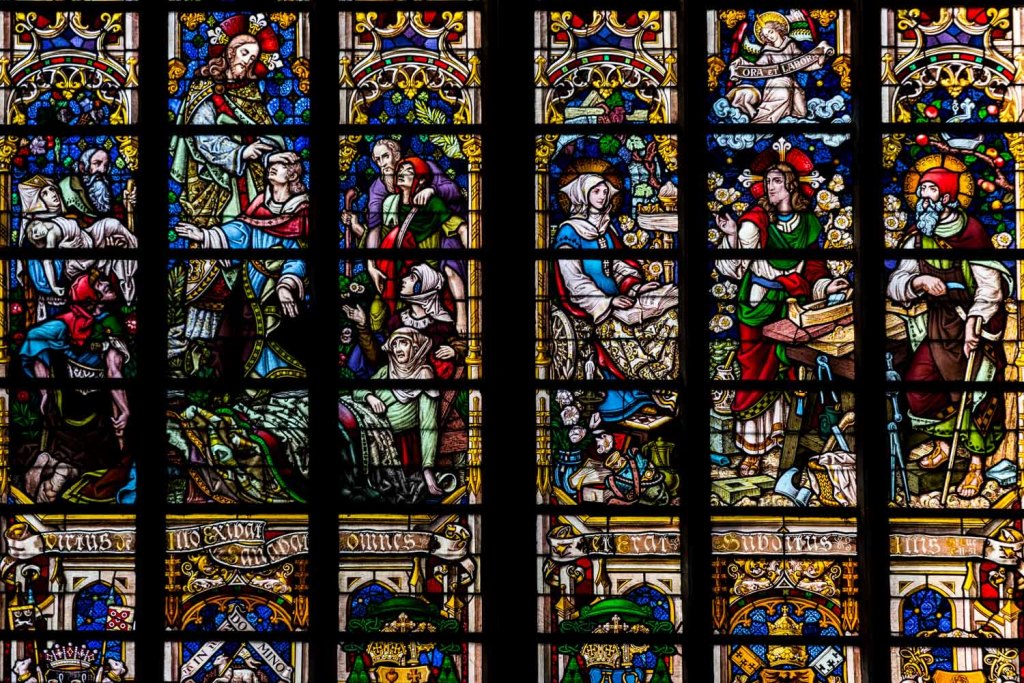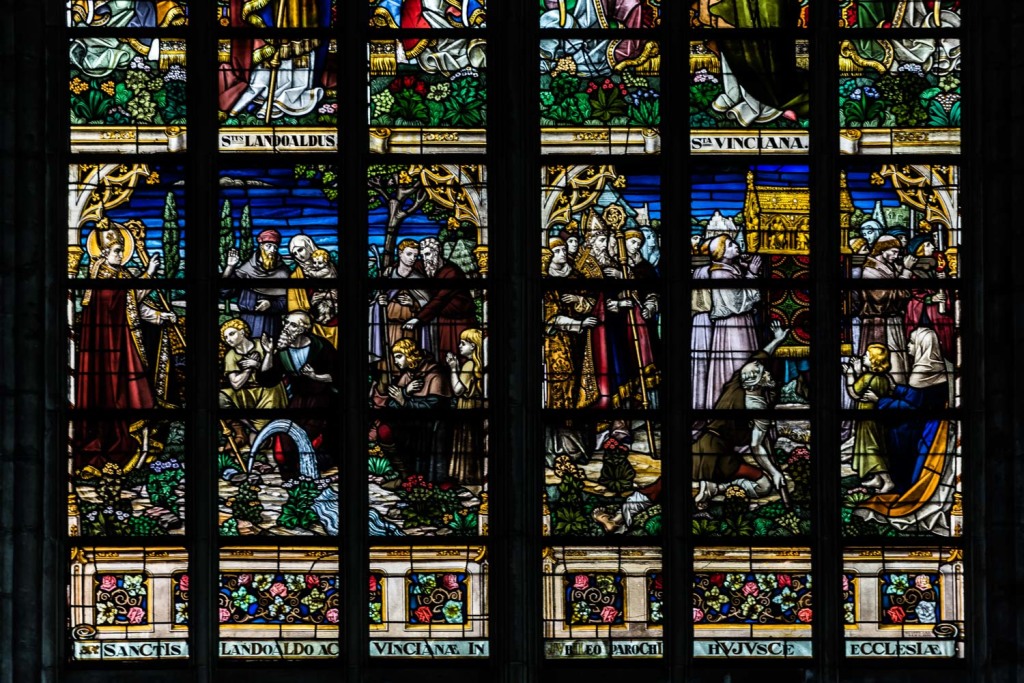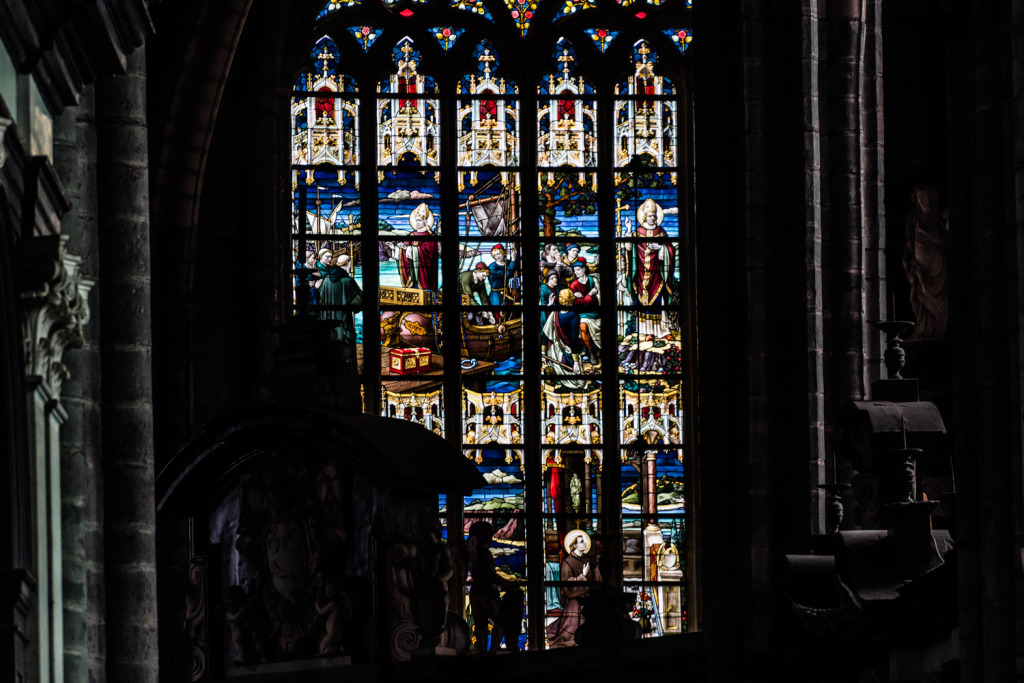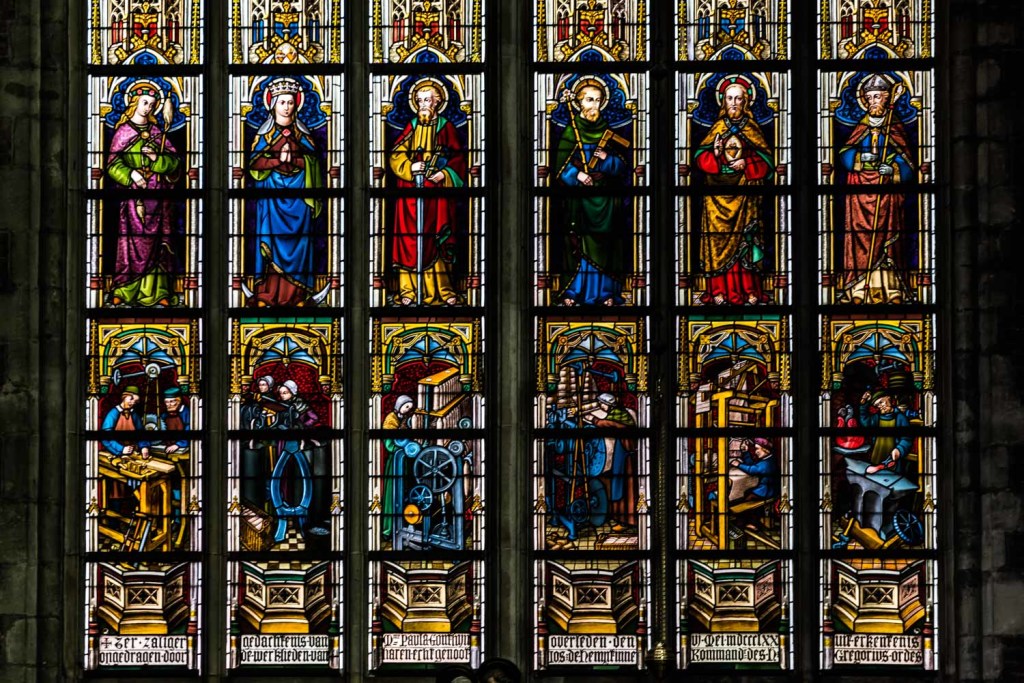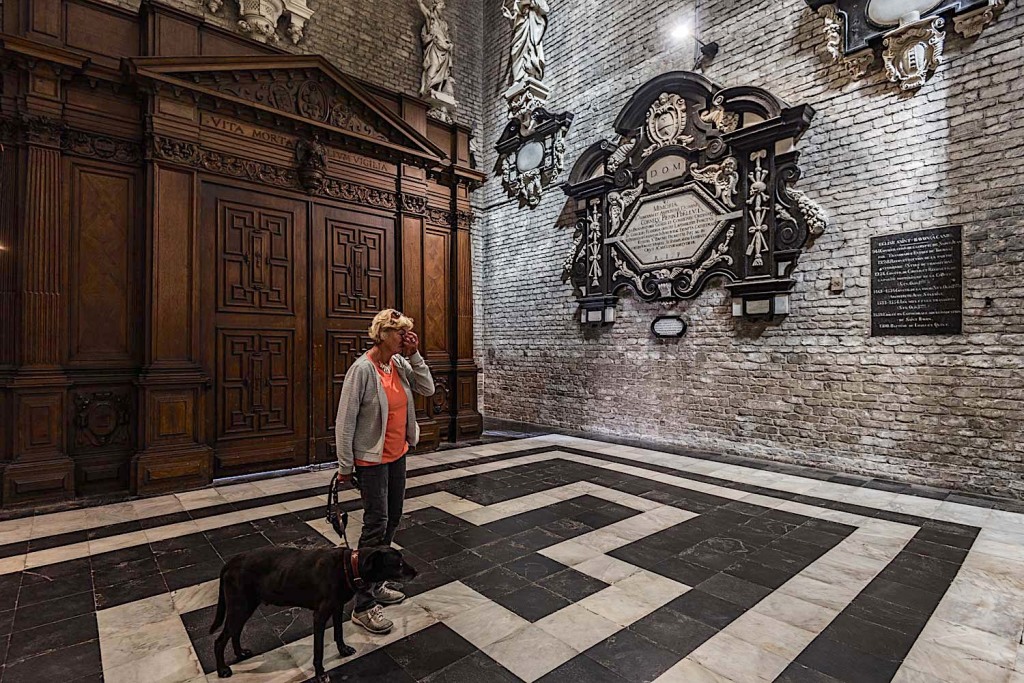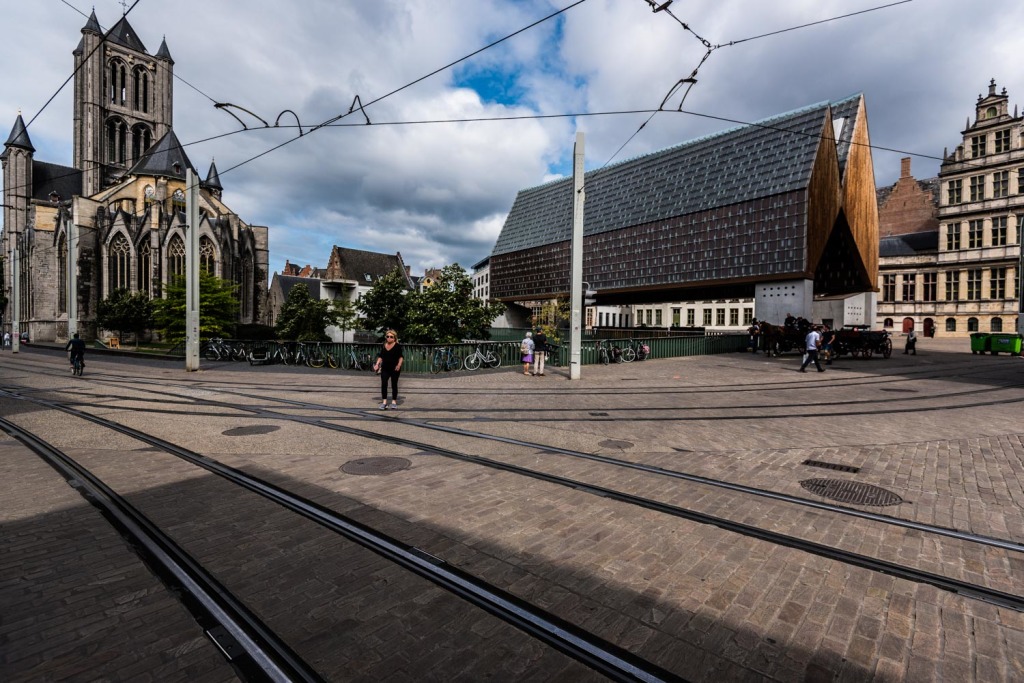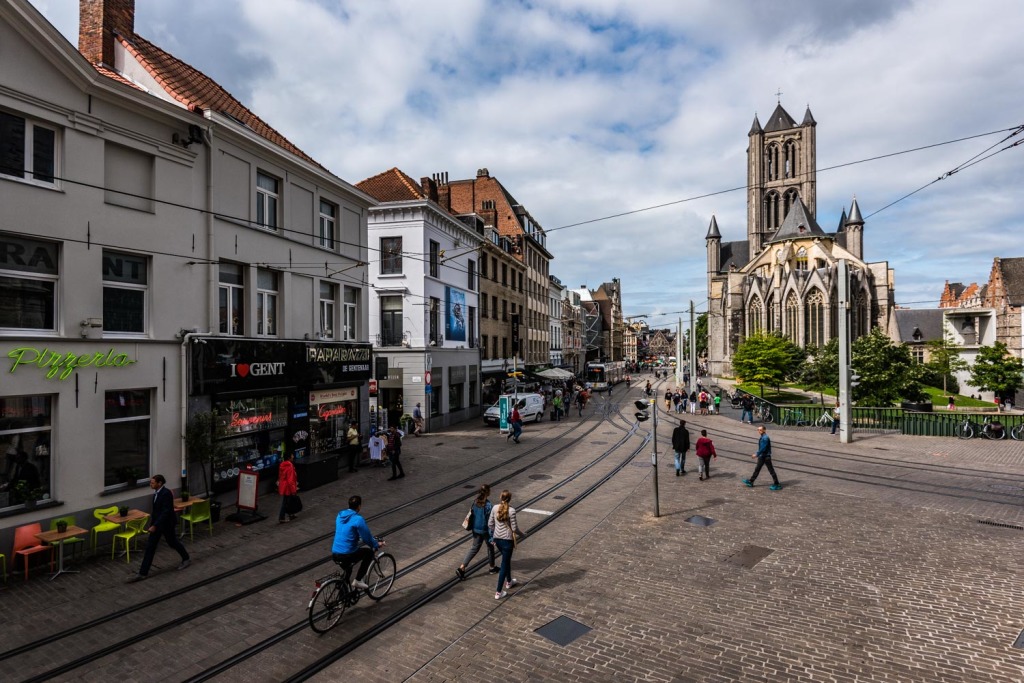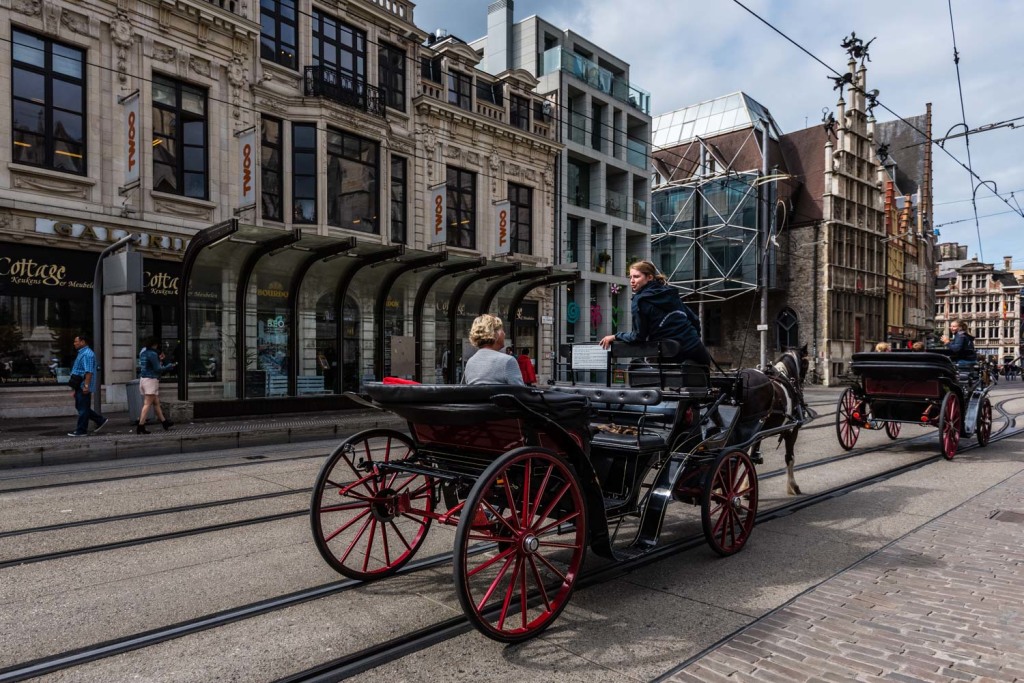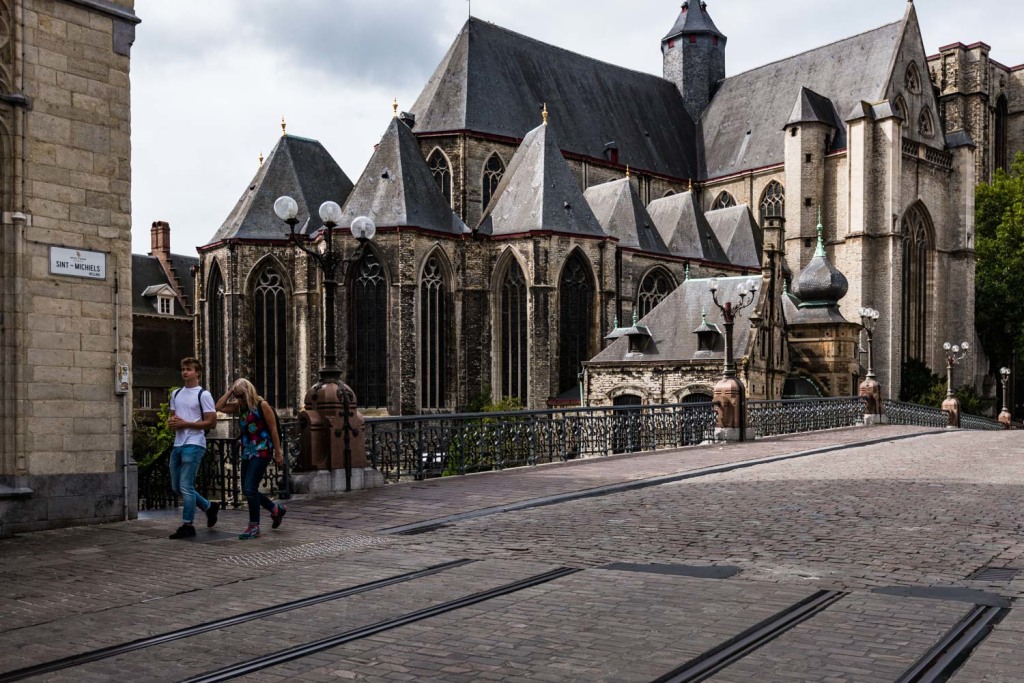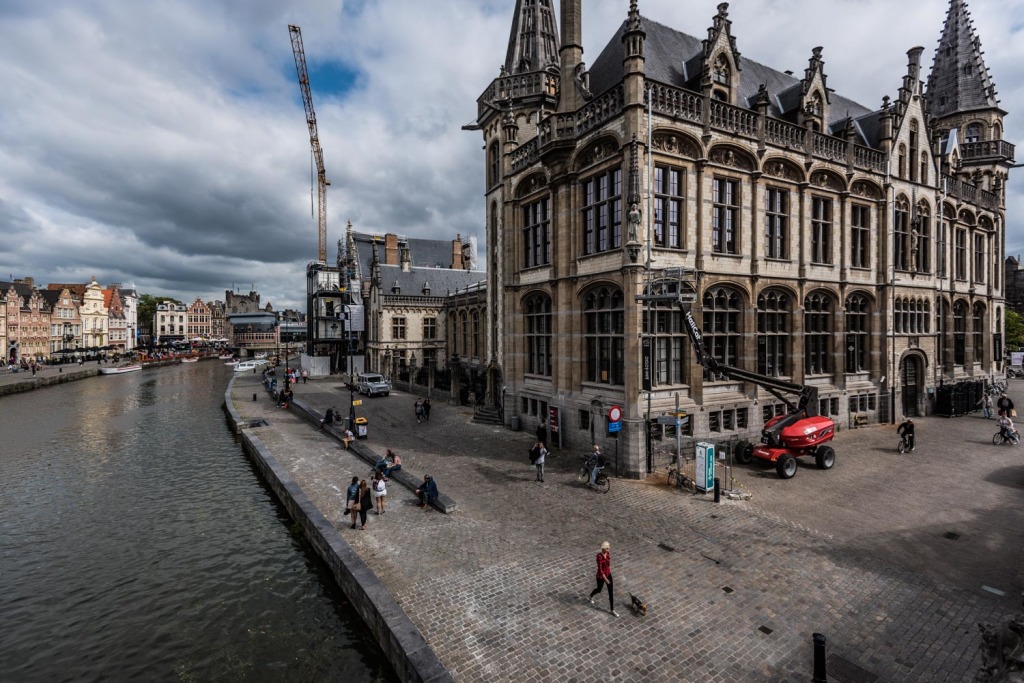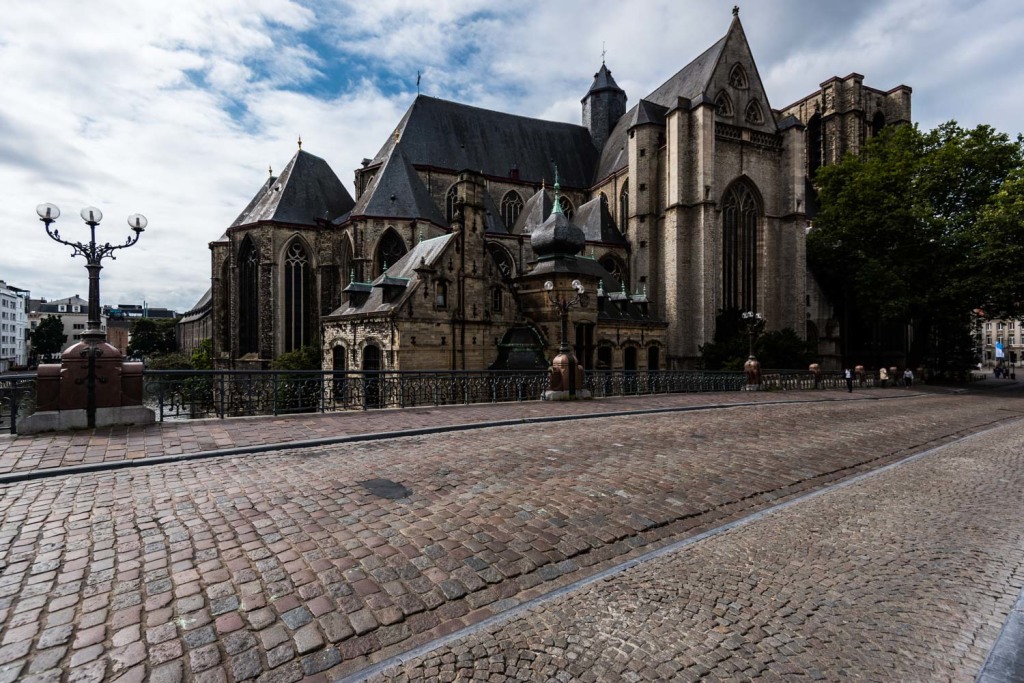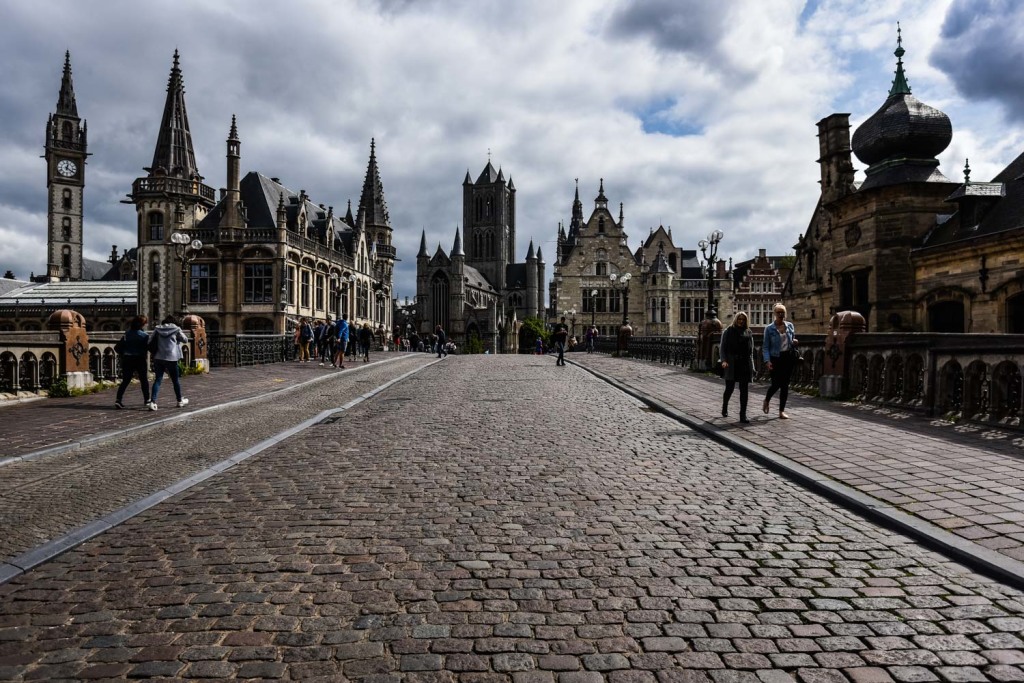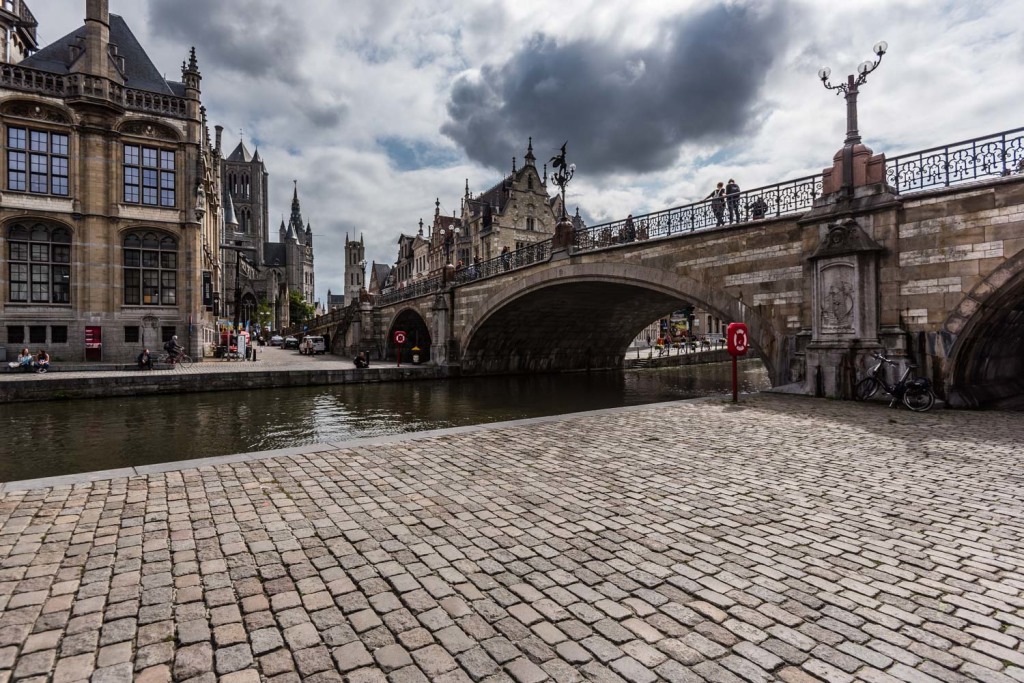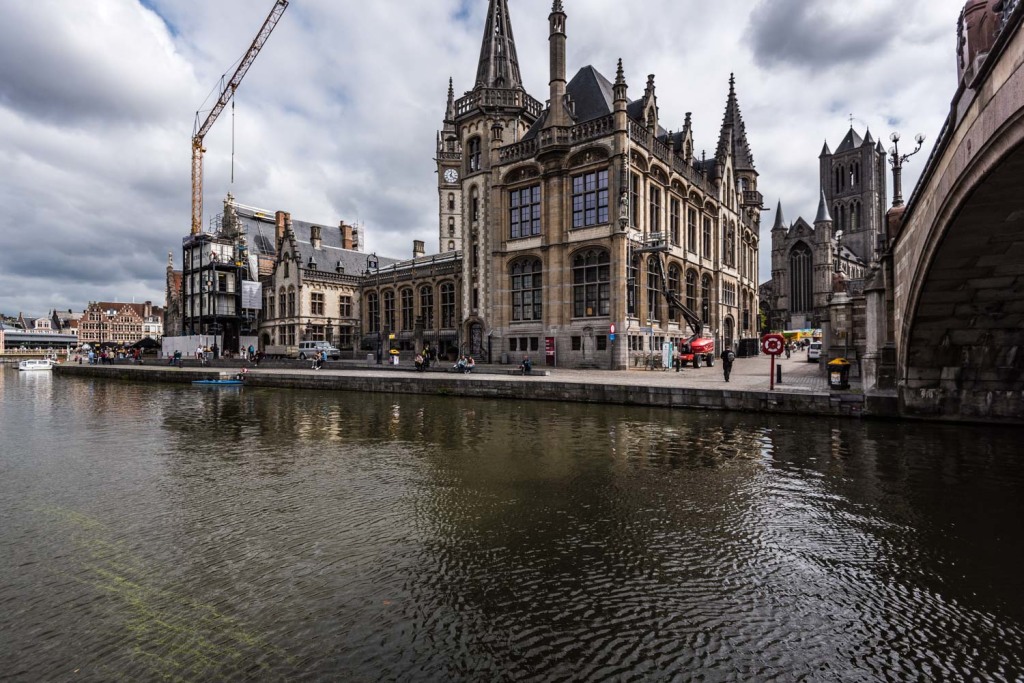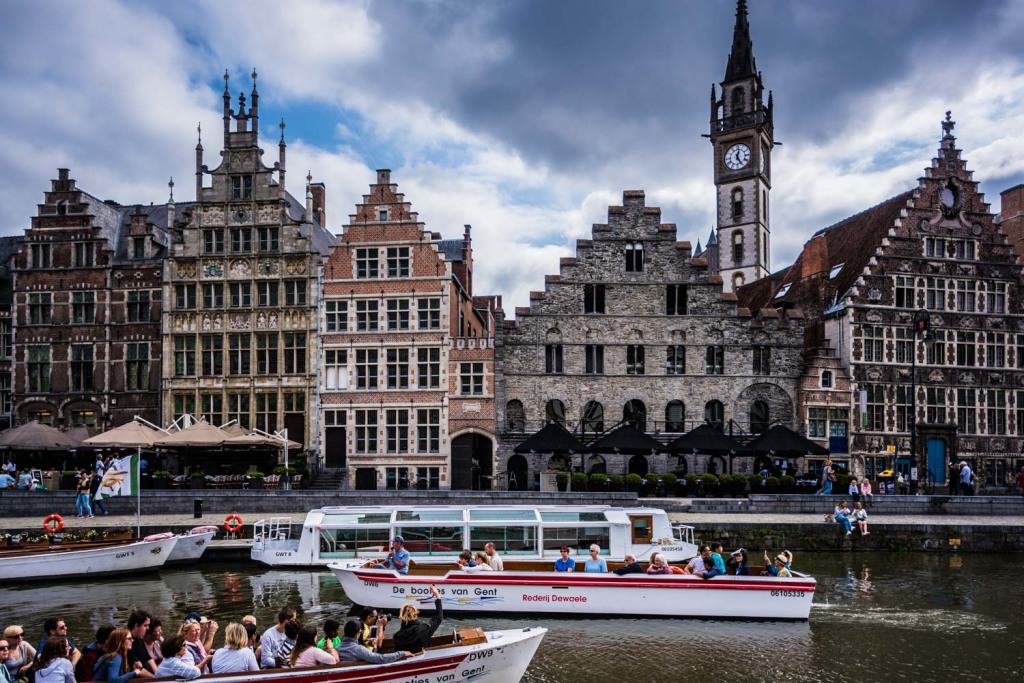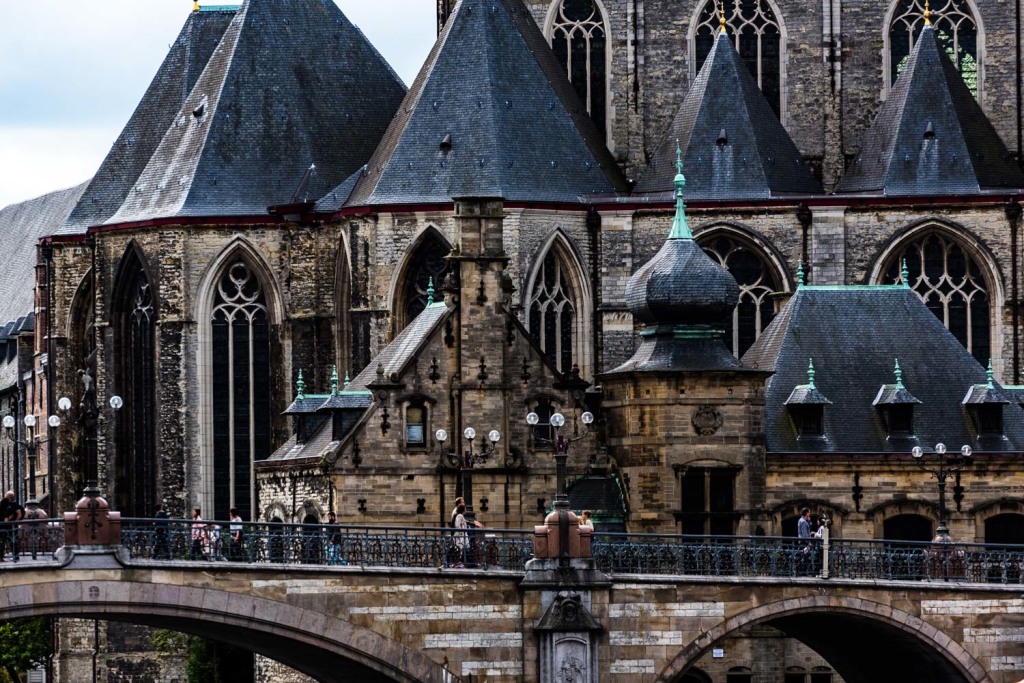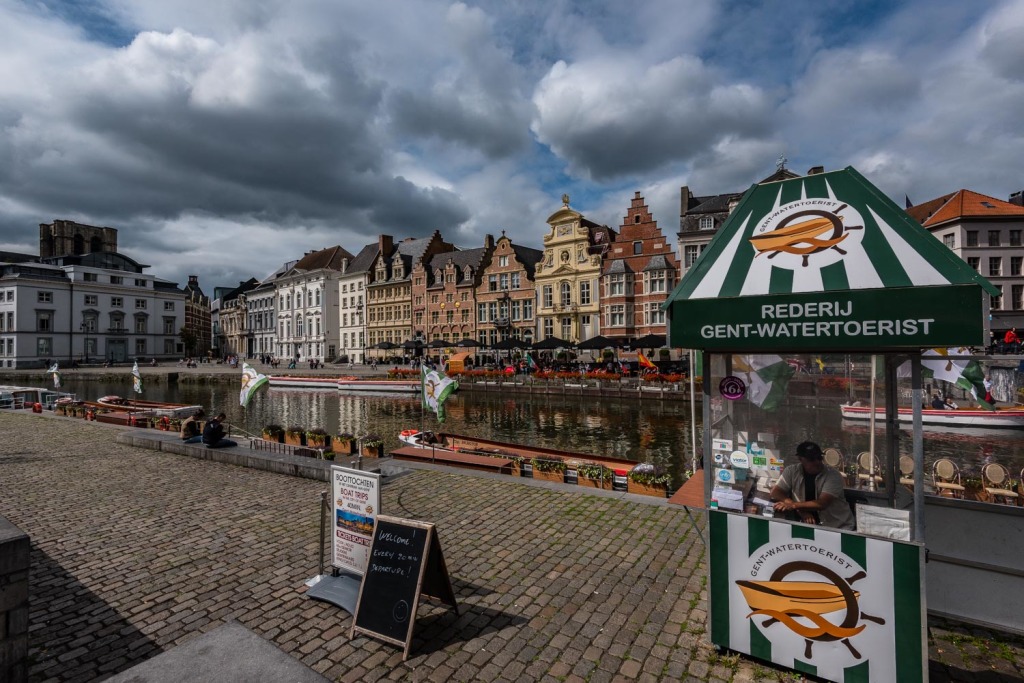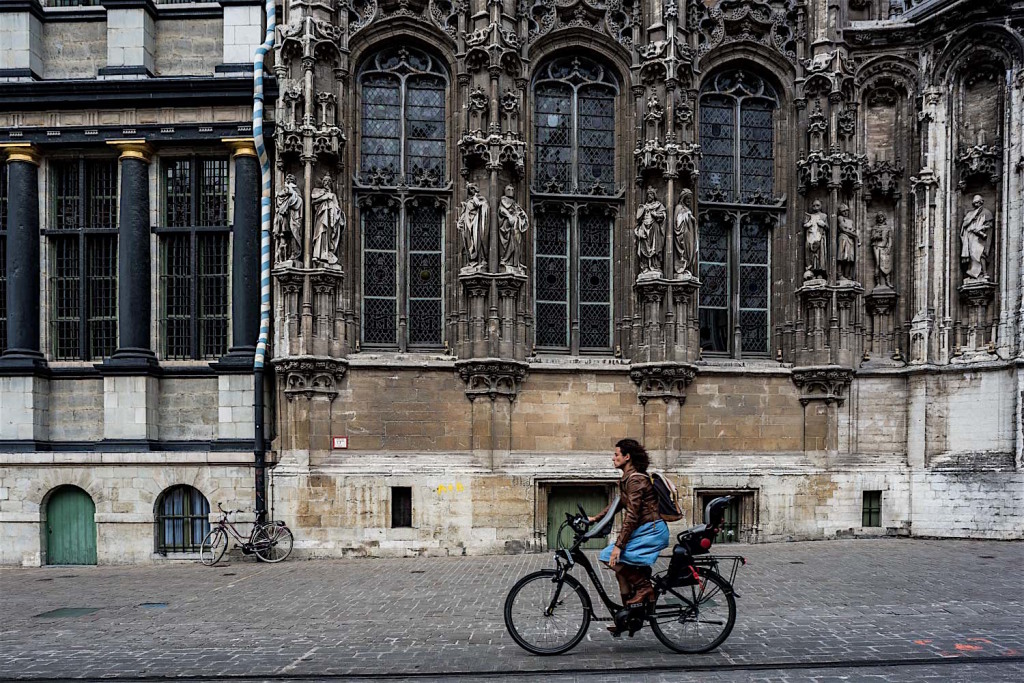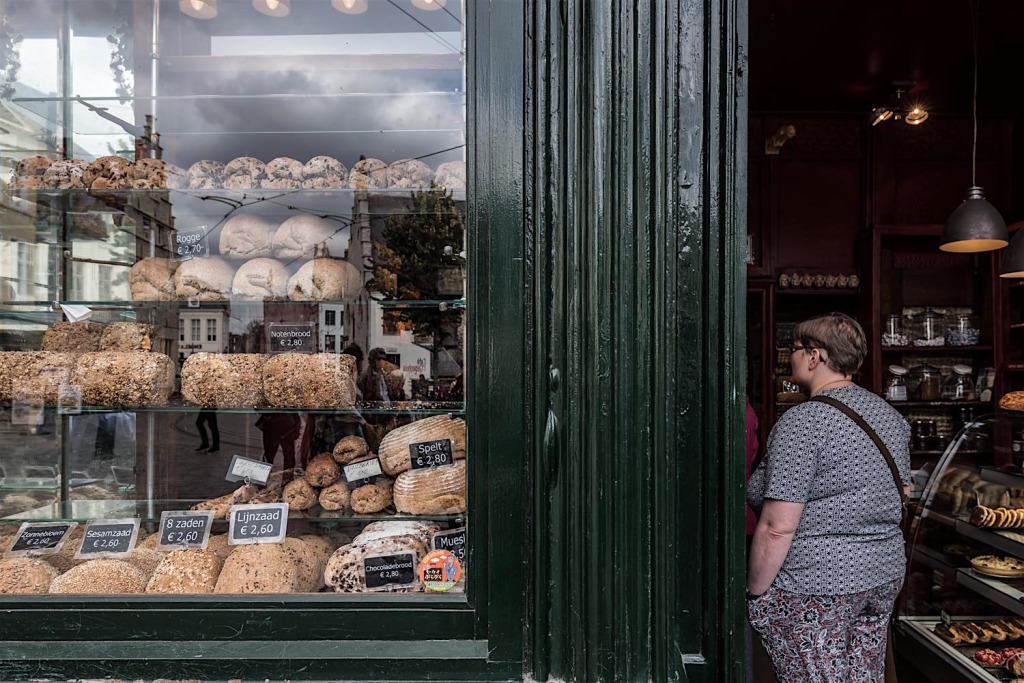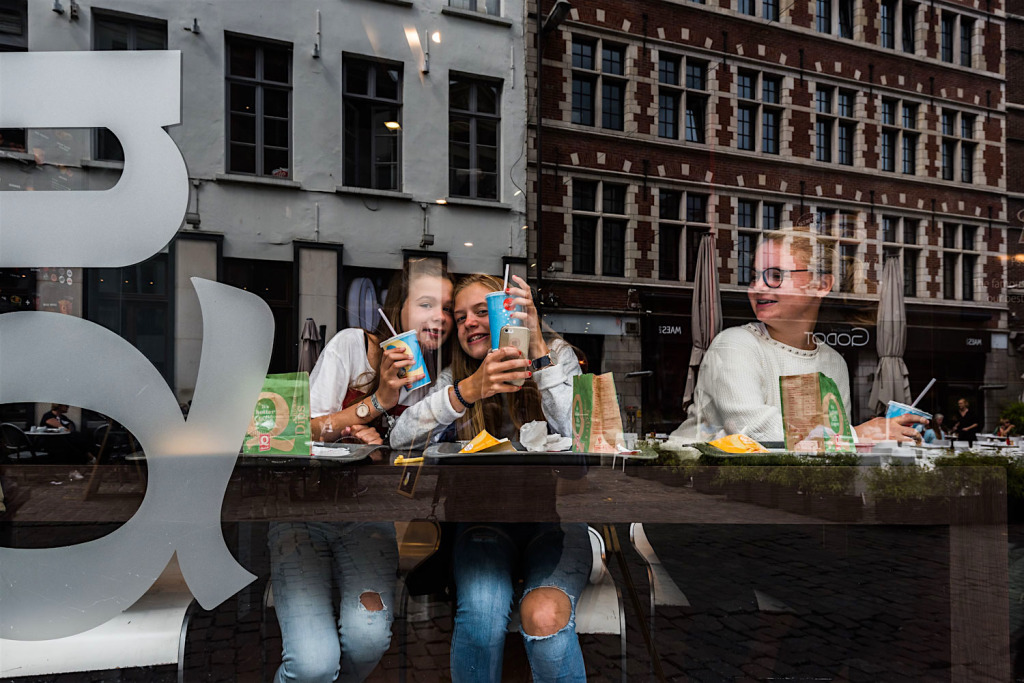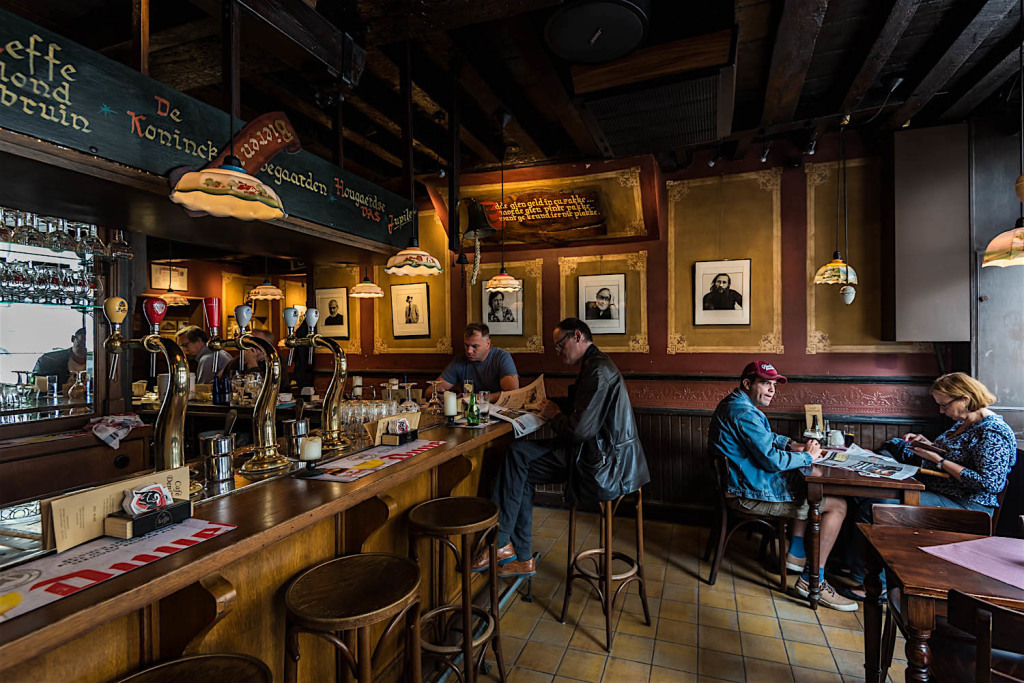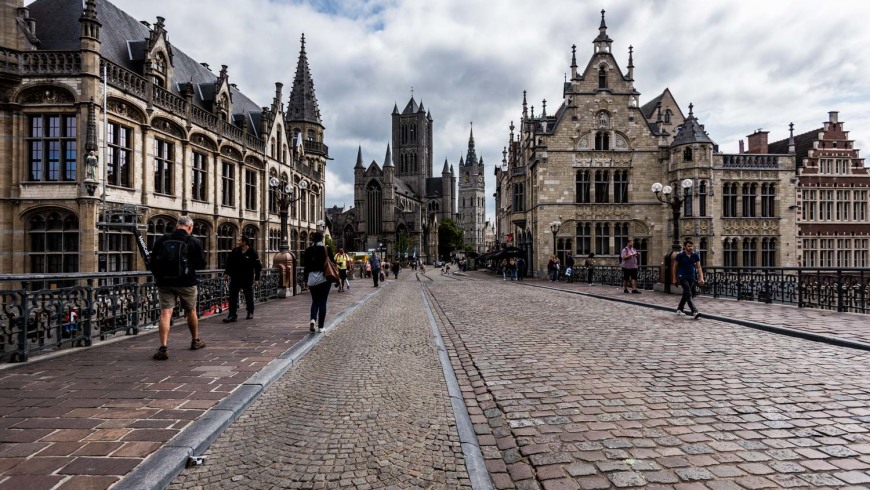GHENT
the charming capital of East Flanders
photographs by Massimo Pacifico
Ghent, the third largest city in Belgium, capital of the East Flanders, is located at the confluence of the Scheldt and Leie rivers. Precisely at this confluence where the name derives from the Celtic Ganda, which indicates a place between two rivers. An important center of sheep breeding, it developed a rich wool industry that made it, in the middle of the XIII century, after Paris, the European city with the highest number of inhabitants (up to 65 thousand). Annexed to the county of Burgundy in 1385, and later under the rule of the Hapsburgs, it only joined the reform in 1576. Ghent was the birthplace of Charles, born on February 24th, 1500, from Philip of Hapsburg and Joanna of Castile, Charles who became, after the coronation in 1519, Charles V Emperor of the Holy Roman Empire. At the center of intriguing political events that marked economic decadence, Ghent also gave life to a Calvinist Republic, in the late 70s of the 1500s, and hosted Louis XVIII of France during the Hundred Days that saw Napoleon return to Paris. In that same year, in 1815, Ghent was assigned by the Congress of Vienna to the United Kingdom of the Netherlands.
The old town preserves impressive buildings such as the Town Hall, the Cathedral of Saint Bavo, known for the polyptych of the Mystic Lamb by Jan van Eyck, the churches of Saint Nicholas and Saint James and the Belfort Tower. Renaissance buildings, formerly the headquarters of the guilds, with imposing facades that face each other on the banks of the river Leie (the bank of the Herbs, Graslei, and that of the grain, Korenlei) between the bridges of the Herbs (Grasbrug) and Saint Michael (Sint-Michielbrug) considered the vital center of the city.
